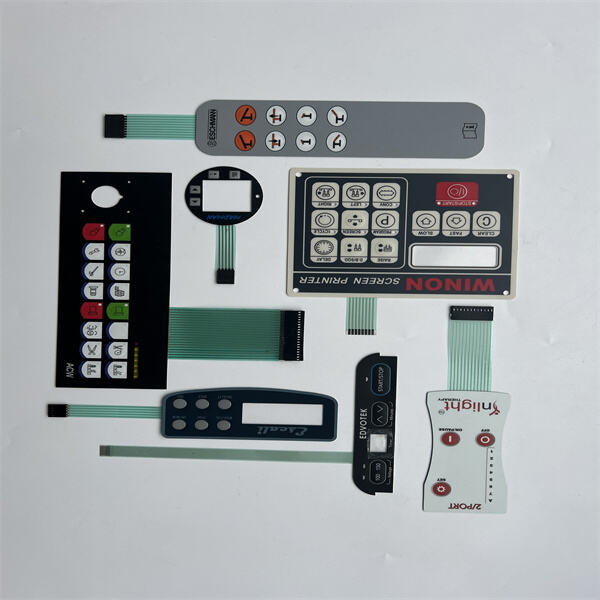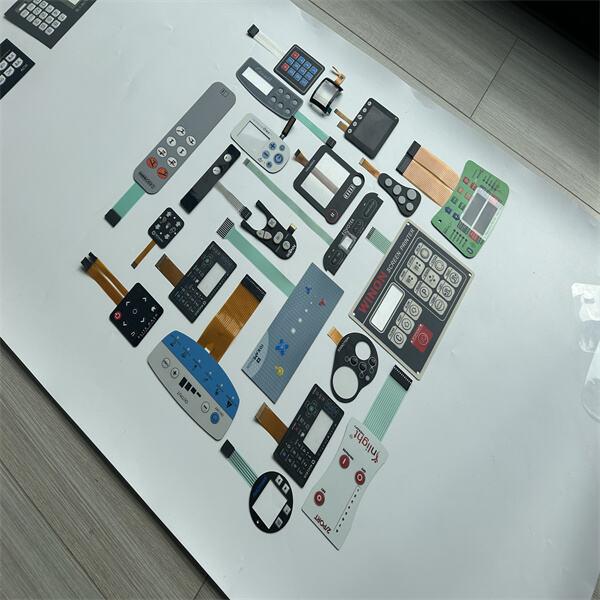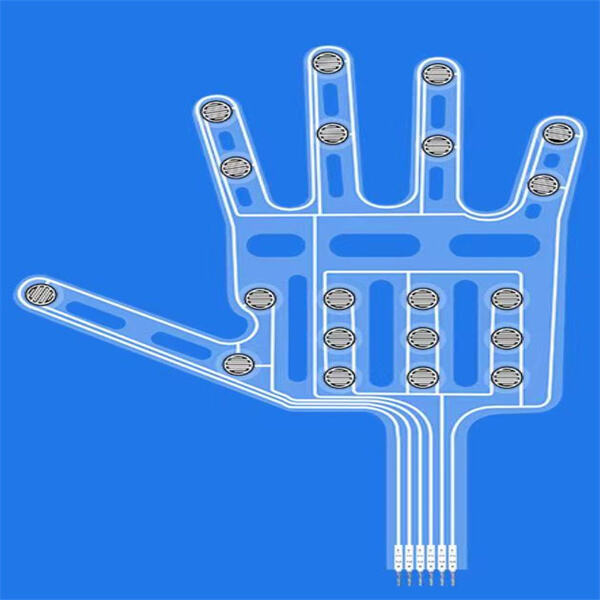Robots are neat machines that can be used to do all sorts of jobs, from building cars to exploring space. A key component of a robot is how it perceives the world. Here, tactile sensors enter the picture Tactile sensors are the touchy-feely part of the robot. They can help robots perceive and interact with the world around them, in the way that we use our hands to feel and touch.
Tactile sensors are special instruments that can sense things, like pressure, texture or temperature. This allows for robots to “feel” the objects they are touching, and using that information to make decisions. A robot equipped with touch sensors would be able to do things like pick up a fragile object without breaking it, or sense when something is hot and pull back before getting burned.

For robots, tactile sensors are crucial for interacting with the world in a safe and effective manner. Robots wouldn’t be able to do tasks that require gentle touch, like picking up an egg without breaking it or searching for a concealed object in a cluttered space. Robots can also use tactile sensors to move around, if they can sense when they touch things and adjust their movements accordingly.

With the help of new technology, tactile sensors are improving and growing smarter. This allows robots to begin to engage with the world in a manner that more closely resembles that of humans. Some robots, for instance, are now equipped with artificial skin that can feel pressure, temperature, vibrations and textures. This assists the robots in getting a good sense for what they’re touching and their environment.

One cool new thing about tactile sensors is we can work with flexible and stretchable materials. It allows tactile sensors to be applied to robots as a human skin is. Robots can therefore now perform gentle-touch tasks, such as playing a musical instrument or performing surgery, with greater precision and care.


Copyright © Dongguan Soushine Industry Co.,Ltd. All Rights Reserved - Privacy Policy